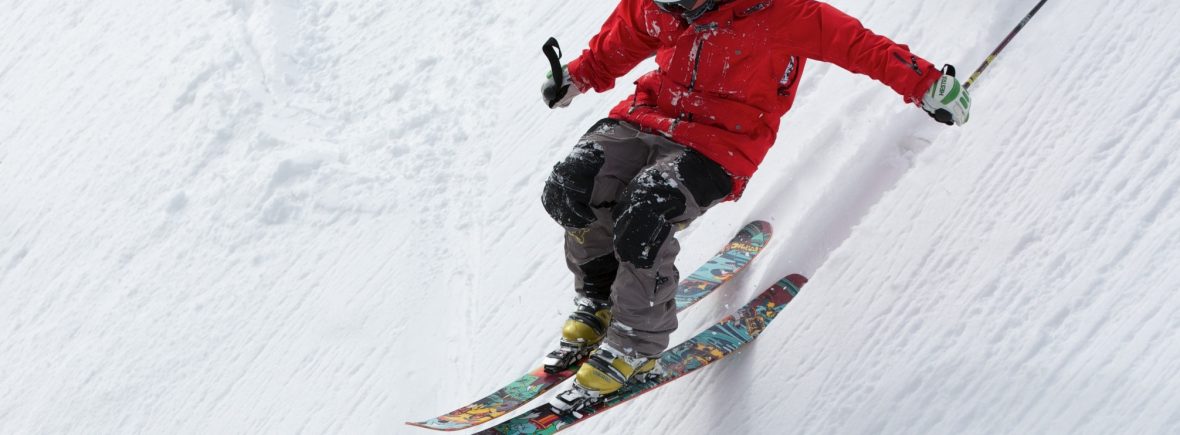Background
The knee cap (patella) is one of the three separate joints that make up the knee. The function of the knee cap is to make the pull of the muscles at the front of your thigh (quadriceps) more efficient.
The patella is held in place by ligaments and muscles when your knee is fully straight. When the knee bends, the stability increasingly comes from the interplay between the shape of the bones, namely the patella and the deepened groove at the end of the thigh bone (trochlea). In simple visual terms the bottom of the patella is like the keel of a boat and this keel sits in a groove in the trochlea.
Knee cap instability / dislocation
The knee cap joint can cause a huge spectrum of problems from being stable and painful to painlessly coming out of joint like a party trick. Most patella dislocations occur after an injury and the process of the kneecap coming out of joint can damage both the ligaments and cartilage around the patella. In circumstances where the cartilage has been scuffed off the joint or loose parts float free then you may need early surgery. It must be stressed here though that for the vast majority of patella dislocations surgery is not a first line treatment.
Risk factors of the knee cap joint
If the patella has come out of place with no significant injury then that may mean that there are inherent anatomical problems with the patellofemoral joint which mean it is at high risk of dislocating. Common reasons for this are double jointedness (hypermobility syndrome), a shallow or abnormal shaped groove (trochlea) in which the patella sits, abnormal development leading to twisting of the femur and tibia and/ or the patella being too high. As this tends to be genetically linked you can thank your parents! They may well have already regaled stories to you about their ‘dodgy knees’.
If the patella has dislocated during a high energy injury the patient may have normal anatomy of the knee.
Symptoms and signs
Dislocating your patella is a painful affair and the knee will tend to swell significantly. The knee cap may remain dislocated on the outside (lateral side) of your knee and need a trip to casualty to put it back in, making the diagnosis obvious. The patella can however spontaneously relocate back in place, especially if the knee is fully extended. X-rays are important at showing any abnormal anatomy or pieces of bone that have chipped off during the injury and this may need to be complemented by imaging the knee further with a CT scan / MRI scan.
Treatment
Non-operative treatment
First time patella ‘dislocators’ can be managed non-operatively and there is some debate about early surgical intervention in elite athletes. Treatment will initially involve first aid (link to first aid section).There are several physiotherapy regimes to help with regaining function after a patella dislocation. For the patients who experience ongoing dislocations playing sport will need a discussion about stabilisation of their patella. Clearly the procedure performed depends on the main problem with the knee.
Operative treatment
Medial patellofemoral ligament reconstruction (MPFL)
The MPFL is a ligament formed from a thickening of the lining of your knee. It runs from the inside (medial) part of your patella and runs to the medial part of your femur. It provides the majority of the stability to your kneecap joint when the knee is extended. In order to rebuild this it is usual to take a hamstring tendon and attach it to the above parts of the knee to create a new MPFL. With modern minimally invasive techniques recovery is much improved and physiotherapy progresses quickly.
Tibial tubercle osteotomy
The tibial tubercle is the bony lump on the front of the tibia just below the knee cap tendon. The process of moving this bony attachment of your patella tendon around is called a tibial tubercle osteotomy. It can be moved to help correct anatomical problems with your knee. Such problems may be that your kneecap is too high (patella alta) or that your thighbone or shinbone have too much unhelpful rotation or twist within them. The osteotomy is fixed back in place and heals like a broken bone in 6-8 weeks time after surgery.
Trochleoplasty
The trochlea is the groove in the front of the femur in which the knee cap sits. In some people this groove has not developed normally and may be too shallow to accept the ‘keel’ shape of the patella. Specialist centres in the UK offer surgery to deepen this groove and allow the patella to regain stability in the trochlea. The surgery essentially involves cutting the bone away, deep to the articular cartilage and then in this valley that has been created, reattaching this ‘flap’ of articular cartilage back down. This flap will fail about 1 in 200 times.
